A design consultancy as well regarded for its own entrepreneurial offshoots as its iconic products for companies like Microsoft and Google, MNML is something much bigger than its name lets on.
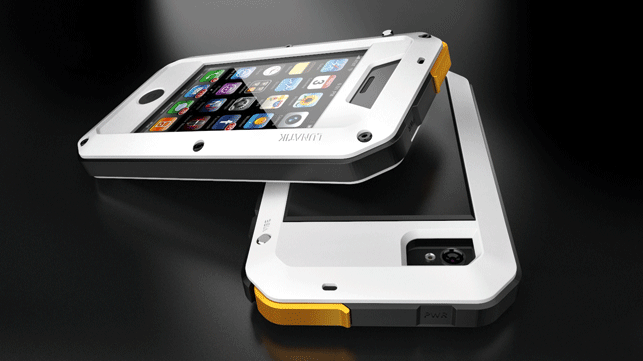
Lunatik began as a personal project by Scott Wilson, that got out of control and moved to its own company!
Founded in 2007 by Scott Wilson, a former global creative director at Nike, primarily as a pure industrial design consultancy, the bureau is now an industrial design institution in a city more renowned for its architecture.
Since then the company has branched out from pure product design, including working with start-ups on an equity investment basis, and its own self-initiated projects.
To date its most famous has been Lunatik: initially a single design for an iPod ‘wristwatch’ case, it has expanded to become a full range of iPhone accessories and now a standalone enterprise, much of which was enabled by crowdfunding.
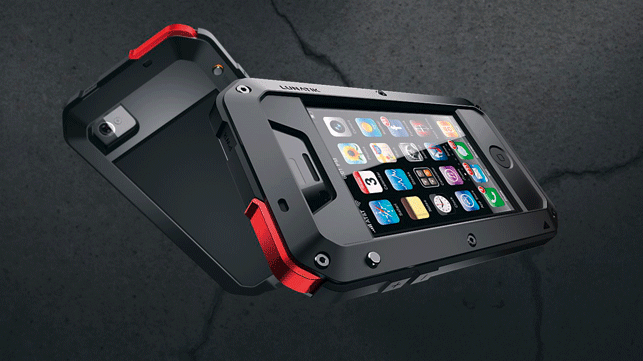
Lunatik has expanded to become a full range of iPhone accessories
Wilson’s simple funding goal of $15,000 raised almost $1m in 30 days signalling to everyone what Kickstarter was and what was possible with the power of crowdfunding.
“That began as a personal project by Scott Wilson, then got out of control and moved to its own company! We’re still operating that out of this office as well,” explains lead designer Dustin Brown from MNML’s offices in the Fulton Market District of Chicago.
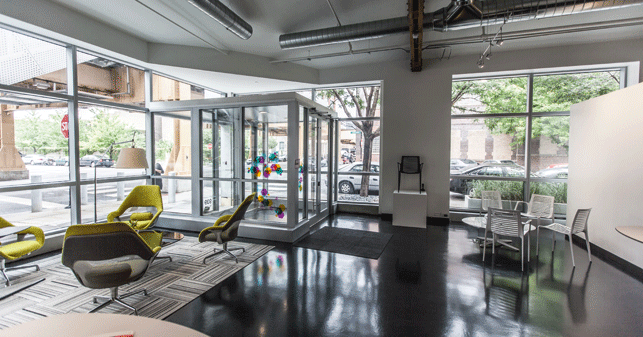
MNML’s design offices in the heart of Chicago
Sat with Brown is MNML’s communications manager Gina Doctor, who expresses that this wasn’t a planned business shift, but something that arose out of Wilson’s passion for creative ideas.
“You’d have a sketch in your notebook and you’d not really have a place to go with it, then all of a sudden Kickstarter comes along in 2010,” says Doctor.
“When Scott put Lunatik up on the platform it was definitely not widely known, and not a household name by any means, certainly not for product development.”
Aside from its famous offshoots MNML has continued to work with its core customers, designing products for Nike, Xbox and Google, but its design process, whatever the client, remains true to the same ethos.
“Ever since day one we’ve been very 3D focussed,” explains Brown.
“Compared to a lot of firms we probably, I’m guessing, spend a little bit less time sketching. We move into 3D quicker than others might because, with the type of projects that we do, we’re splitting millimetres at times.
“A slight dimensional change could totally change a design, and it’s better to explore those kinds of things in 3D.”
First look
The key elements of the toolset revolve around designers working in Rhino or SolidWorks and using VRay’s dedicated plug-ins to produce renderings.
In the last few years it has added more animation partially as a result of the Lunatik products, using Cinema 4D with a VRay plug-in.
“It’s nice as we have the same rendering engine for our still renderings and our animations.
“We’re happy to do that as it gives the same consistent look throughout all of our deliverables.”
As Brown readily admits, it has definitely contributed to MNML’s design ethos of bringing a product to life.
“When we sketch now we don’t sketch for our client, we sketch for ourselves to explore our ideas internally.
“We use the 3D modelling tools to explore design variations quickly, so the time you’d normally spend sketching five variations of an idea, we can do much more precisely.”
Having used VRay since the company was founded, MNML has brought its use forward from the final showcasing of the design to being the first concept presentation a client will see.
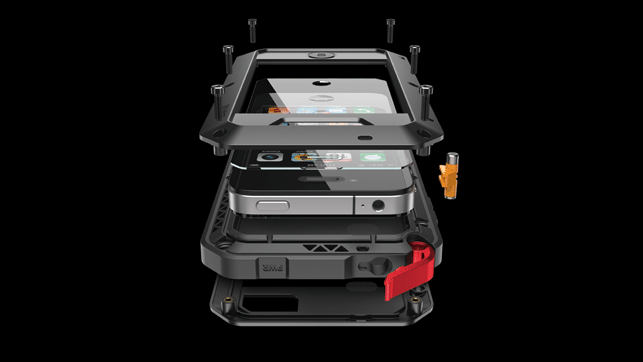
Everything is rendered through VRay
“Even if the ideas are really rough and basic we’ll take the time to render them just because we’ve built all those assets over the years we can reuse scenes and asset materials so that from day one we’re providing really realistic visualisation renderings.”
Through the course of a project the design is constantly refined through the CAD and the rendering files, giving the team not only designs that communicate their ideas, but materials that can be immediately put to use for marketing and advertising.
Changing world
So how does one of the most iconic success stories of the Kickstarter era view the website’s new ruling that bans renderings that could be mistaken for finished products?
“For every project we’ve had on Kickstarter we’ve always had the prototype prior to launching, so it’s not like we’re just rendering up an idea and figuring it out once we get launched,” answers Doctor. “It hasn’t affected anything with the way we work.”
Brown is equally conclusive, adding that he sees it as being for the benefit of everyone involved.
“I think it forces some reality on the projects.
“There’s certainly a value in great 3D visualisation, but if you don’t have the experience or at least the resources to actually make what you’re offering then… it doesn’t always go well!
“We have enough experience here to know what we’re getting ourselves into. When we do a rendering we know what’s behind it.”
Digital to physical
In a studio where digital modelling is king, prototyping products still remains a key part of this design process.
Having moved just over a year ago into its latest offices, the change has allowed them to have a workshop in-house.
Along with hands on foam modelling MNML has invested in bringing a Stratasys Objet 260v 3D printer into its facility.
“We wanted something high resolution so we could evaluate the surface quality, and shape,” explains Brown.
“A lot of the things we do, like the Lunatik stuff, we’re trying to make parts that are very small.
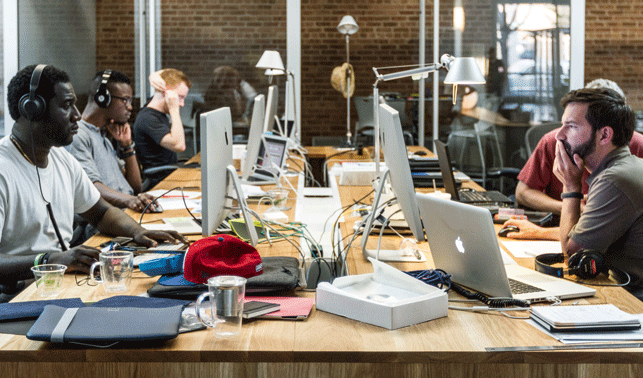
The design team move into 3D CAD tools as early as possible
“An iPhone is 6-7mm thick, I forget what they’re down to now, and then we have a case that’s designed to wrap around that tightly. So, you’re dealing with fractions of millimetres to get things made up snuggly and properly.”
Having the process in-house means multiple prototypes can be produced swiftly, and iterations made and reprinted on demand.
“When we’ve used external firms they did a great job, but you lose a day or two when you’re waiting for things to be FedEx’d back to you or are waiting for a spot in line on their machine.”
With a 3D printer in-house, it proves as much a morning convenience as the city El’ Train station that neighbours the studio, with print jobs completing overnight.
Different landscape
The studio’s reputation for design work for clients both big and small has helped foster the creative standing of the city it calls home.
With the bulk of product design work remaining around the hubs of San Francisco and New York, Brown and the team have found opportunities and made some of their own to make MNML a success.
“We’re proud that we’ve maybe helped contribute to a little bit more of a reputation for product work since we’ve been around,” says Brown.
“We’re very much at home being a Mid West firm as well, and we’ve tried to make our mark on Chicago and our own part of the country because we’ve found a lot of opportunity here.”
mnml.com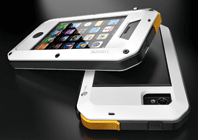
The growth of a small consultancy to an industrial design institution
Default






